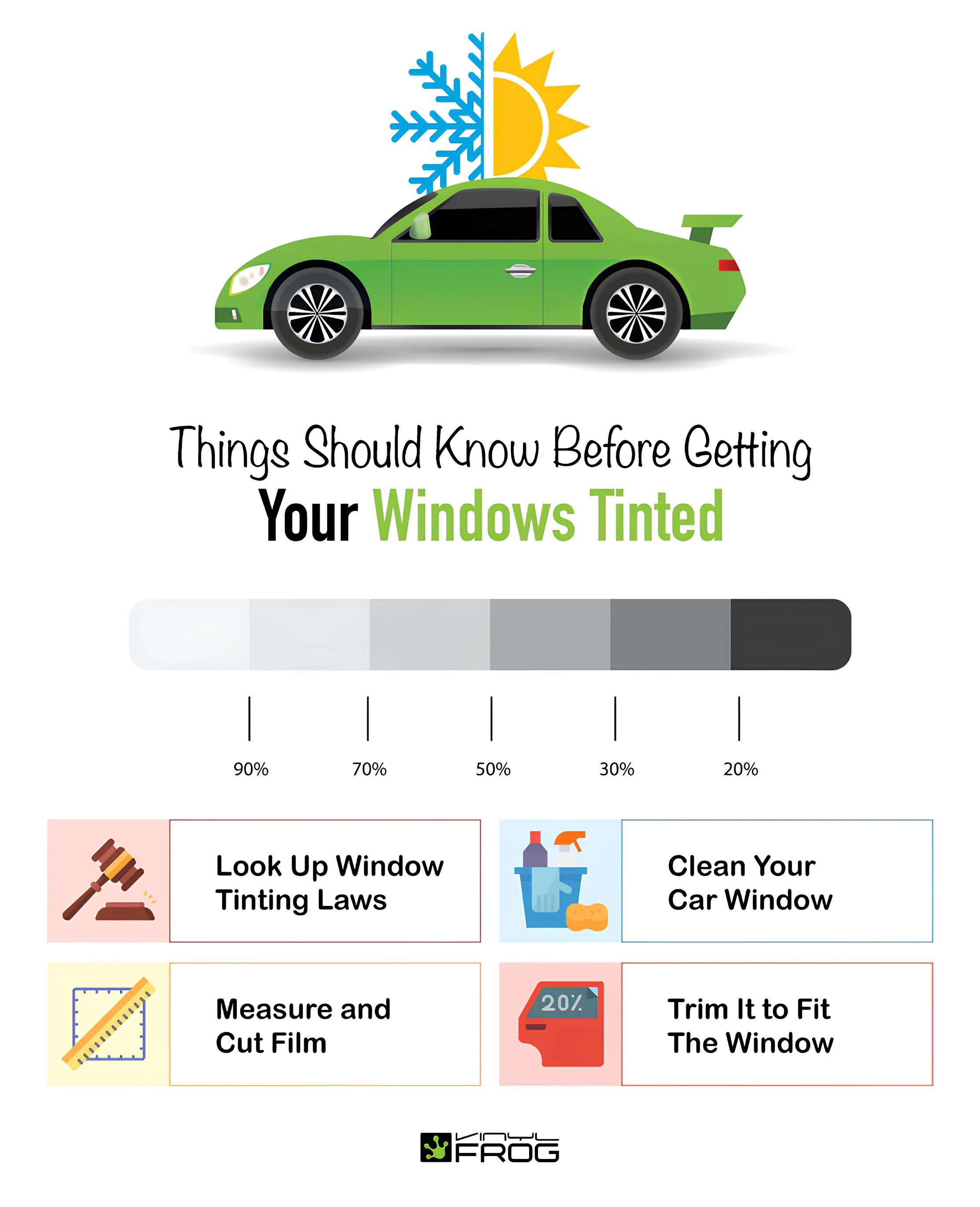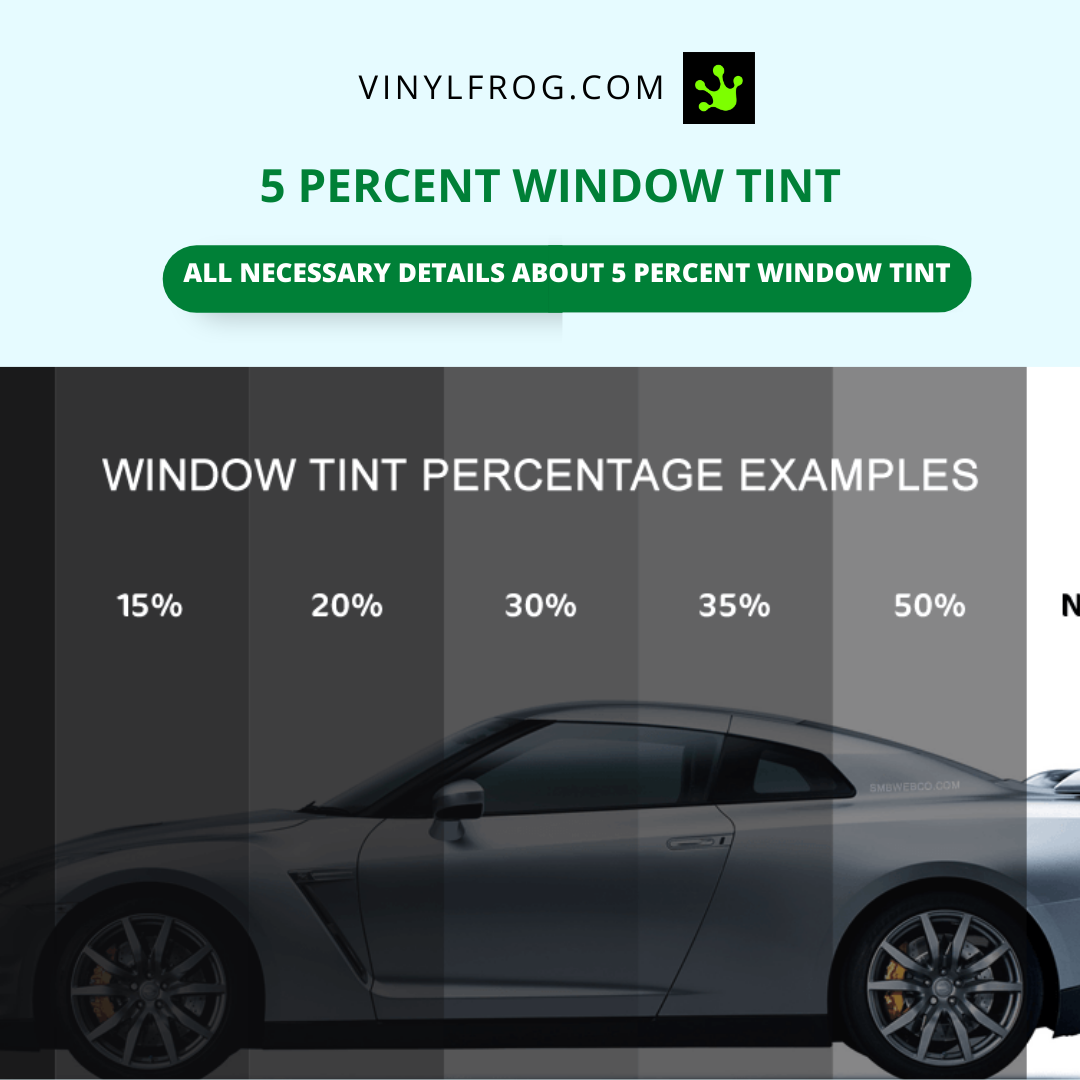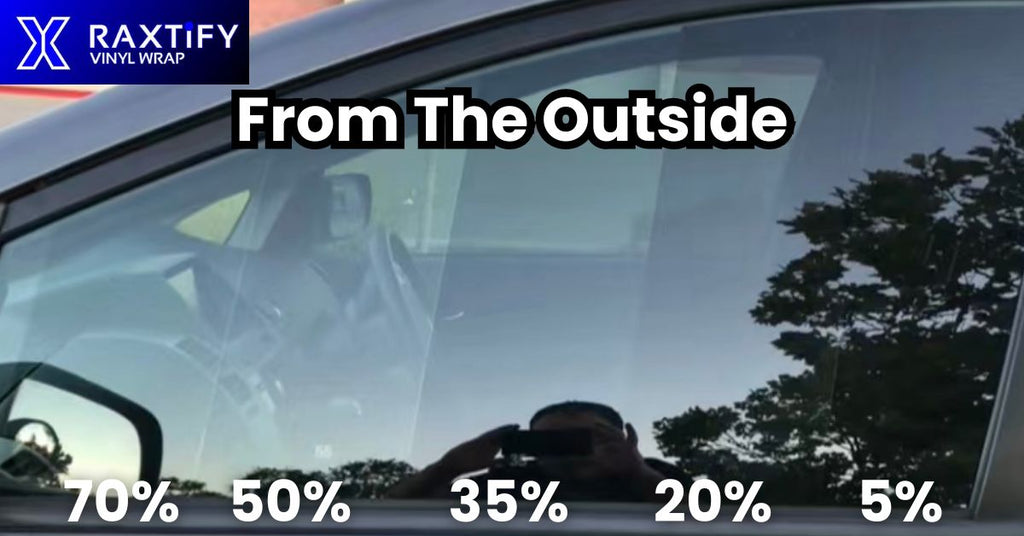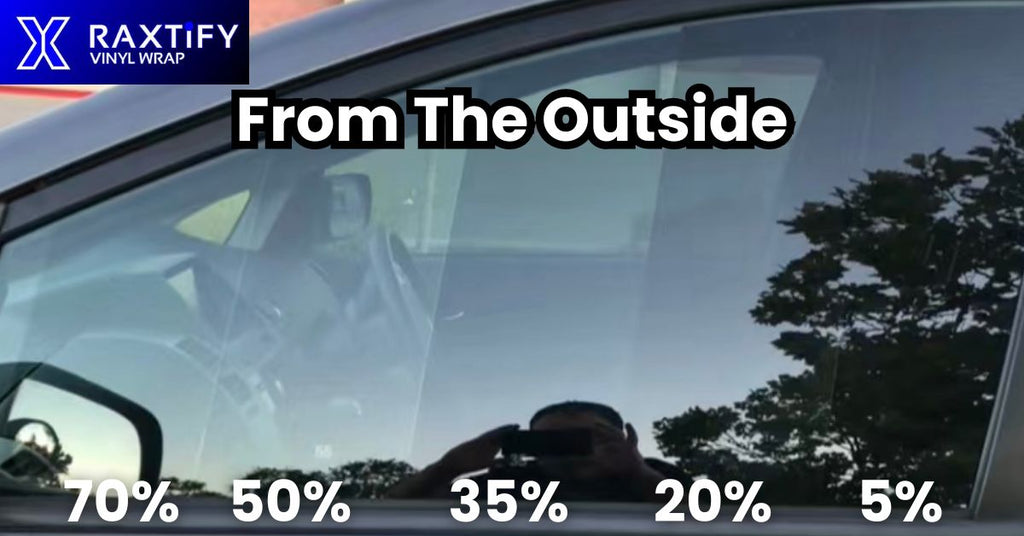How Can I Tell What Percent My Tint Is?
Understanding Car Window Tint Percentages
When it comes to car window tint, the percentage refers to the amount of light that can pass through the tint film. This percentage is crucial because it determines how dark the tint will appear and how much heat and UV rays it will block. Different percentages are legal in various states, so it’s essential to know the tint percentage on your windows.
Importance of Knowing Your Tint Percentage
Knowing the tint percentage on your car windows is vital for several reasons. Firstly, it ensures that you are compliant with the law regarding tint darkness. Secondly, understanding your tint percentage helps you choose the right level of tint darkness based on your preferences for privacy, sun protection, and aesthetics.
Methods to Determine Tint Percentage
There are various ways you can determine the tint percentage on your car windows. One of the most common methods is using a tint meter, a device that measures the amount of light that passes through the tint film. Another popular method is referring to the tint percentage sticker that is usually located on the window glass. Additionally, you can seek the help of a professional tint installer who can accurately measure the tint percentage for you.

This image is property of cdn.shopify.com.
Legal Tint Limits by State
Each state has its regulations when it comes to window tint darkness levels. It’s essential to know the legal tint limits in your state to avoid fines and ensure compliance with the law. Here are some examples of legal tint limits by percentage for different states:
Legal Tint Limits in California
In California, the legal tint limit for front side windows is 70%, meaning that at least 70% of light must pass through. The rear side windows and rear window can have any darkness of tint.
Legal Tint Limits in Florida
In Florida, front side windows must have at least 28% light transmission, while back side windows and rear windows can have any tint darkness.
Legal Tint Limits in New York
In New York, the legal tint limit is 70% for the front side windows, while the back side windows and rear window can have any level of tint darkness.

This image is property of www.vinylfrog.com.
Common Car Tint Percentages
Different tint percentages are available for car windows, with each serving a specific purpose and aesthetic. Understanding the common tint percentages will help you make an informed decision when choosing tint darkness for your vehicle.
5% Tint
Also known as limo tint, 5% tint is the darkest available and blocks out 95% of light. This tint percentage offers maximum privacy and UV protection but can hinder visibility, especially at night.
20% Tint
20% tint is a popular choice for those seeking a balance between privacy and visibility. It provides a moderate level of darkness while still allowing a significant amount of light to pass through.
35% Tint
35% tint is a common choice for those looking for a light to moderate level of darkness. It offers a good balance between privacy, heat blockage, and visibility, making it suitable for most drivers.
50% Tint
50% tint is a light tint that provides minimal privacy but still offers some heat and UV protection. This tint percentage is ideal for those who want a subtle tint that enhances the appearance of their vehicle.

This image is property of cdn.shopify.com.
Factors to Consider When Choosing Tint Percentage
Several factors should be taken into account when deciding on the tint percentage for your car windows. These factors will help you determine the right level of tint darkness based on your needs and preferences.
Legal Requirements
The first factor to consider is the legal tint limits in your state. Ensure that the tint percentage you choose complies with local regulations to avoid fines and legal issues.
Visibility
Another crucial factor is visibility. Darker tints offer more privacy, heat protection, and UV blockage, but they can impair visibility, especially at night. Consider how much light you need for safe driving when choosing the tint percentage.
Aesthetics
The tint percentage you choose also affects the overall look of your vehicle. Consider the aesthetic appeal you want to achieve, whether you prefer a sleek and dark tint or a lighter, more subtle tint.
Sun Protection
UV protection is essential for both your skin and the interior of your vehicle. Darker tints provide more UV blockage, which can help protect your skin and prevent interior fading and damage.
Privacy
Privacy is a common reason why people choose to tint their car windows. Darker tints offer more privacy, making it harder for outsiders to see inside your vehicle.

This image is property of cdn.shopifycdn.net.
Benefits of Professional Tint Installation
While DIY tint installation kits are available, there are significant benefits to having your car windows tinted professionally. Professional tint installation ensures a high-quality application that maximizes the benefits of tinting while avoiding common pitfalls.
Expertise
Professional tint installers have the expertise and experience to tint windows correctly. They understand the nuances of tint application, ensuring a flawless finish and lasting results.
Quality Materials
Professional tint installers use high-quality tint films that provide optimal heat rejection, UV protection, and durability. These materials are superior to DIY tint kits and offer better performance and longevity.
Warranty
Professional tint installations often come with a warranty that covers defects, bubbling, and fading. This warranty ensures that you can have any issues with your tint resolved promptly and at no extra cost.
Precision
Professional tint installers use precise cutting techniques and tools to ensure a perfect fit for your car windows. This precision results in a seamless and professional-looking tint job.

This image is property of cdn.shopifycdn.net.
Maintenance Tips for Tinted Windows
To prolong the life and appearance of your tinted windows, it’s essential to follow proper maintenance practices. These tips will help you keep your tint looking its best while maximizing its benefits.
Avoid Harsh Cleaning Products
When cleaning your tinted windows, avoid using harsh chemicals or abrasive cleaning products. Instead, opt for a mild soap or tint-safe cleaner to prevent damage to the tint film.
Use a Soft Cloth
When wiping down your tinted windows, use a soft microfiber cloth or sponge to avoid scratching the tint film. Rough materials can cause scratches and streaks, affecting the appearance of your tint.
Regular Cleaning
Regularly cleaning your tinted windows helps maintain their appearance and performance. Remove dirt, dust, and debris promptly to prevent buildup that can damage the tint film over time.
Avoid Sharp Objects
To prevent tears and scratches in the tint film, avoid contact with sharp or abrasive objects. Be mindful of what comes into contact with your tinted windows to maintain their integrity.
Professional Inspection
Periodically have your tinted windows inspected by a professional tint installer to check for any issues or damage. Early detection of problems can prevent further damage and extend the life of your tint.
In conclusion, understanding the percentage of tint on your car windows is essential for compliance with the law, visibility, privacy, and aesthetic purposes. By knowing the legal tint limits in your state, considering various factors when choosing tint percentage, and following proper maintenance practices, you can enjoy the benefits of tinted windows while prolonging their lifespan. For professional tint installations and exceptional service, trust Xclusive Wraps and Tint to transform and protect your vehicle with the highest quality materials and expertise.



